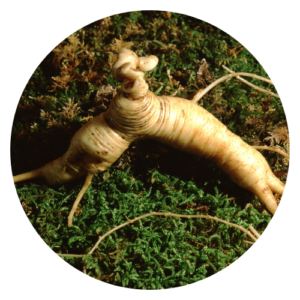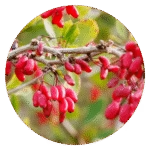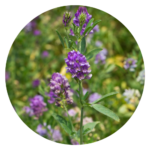American Ginseng | Panax quinquefolius
American ginseng is an adaptogenic root that boosts energy, supports immune function, reduces inflammation, and helps balance blood sugar. It also offers antioxidant protection and promotes resilience to physical and mental stress.





